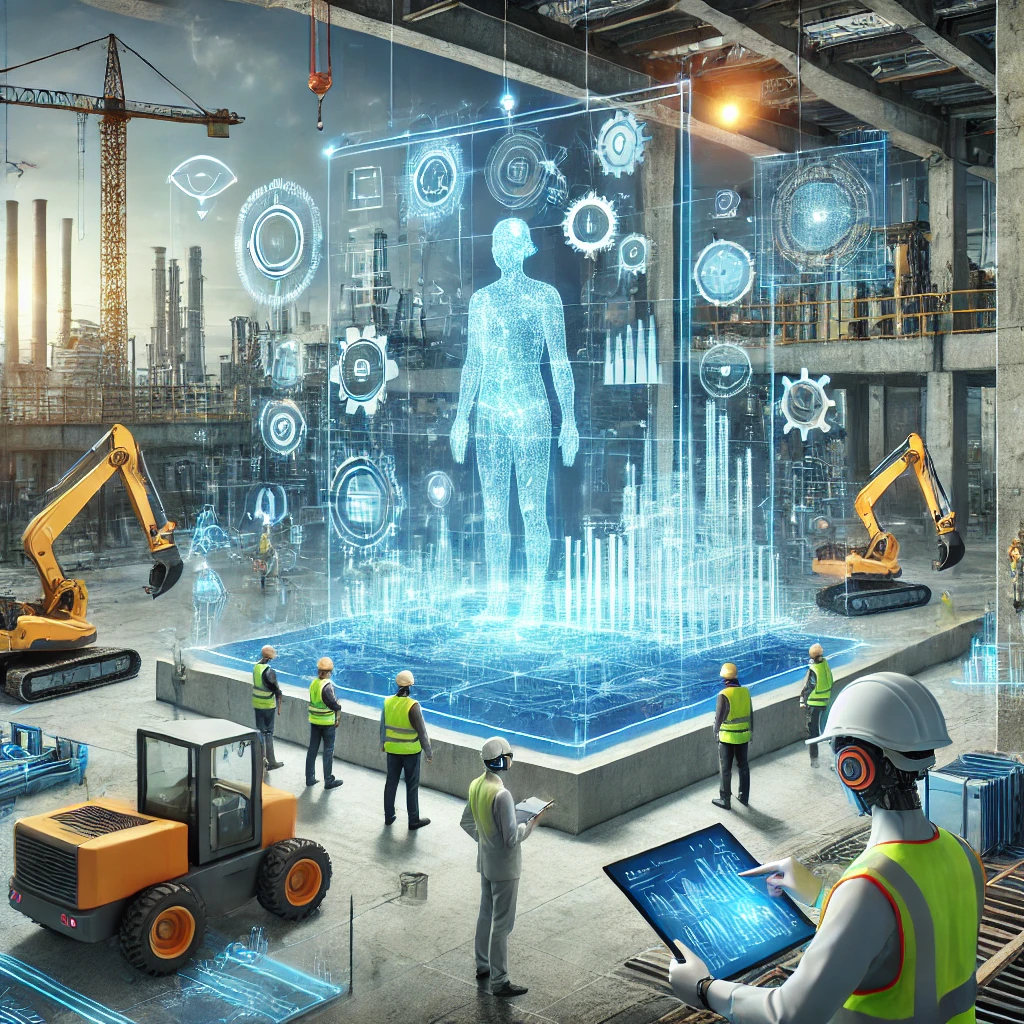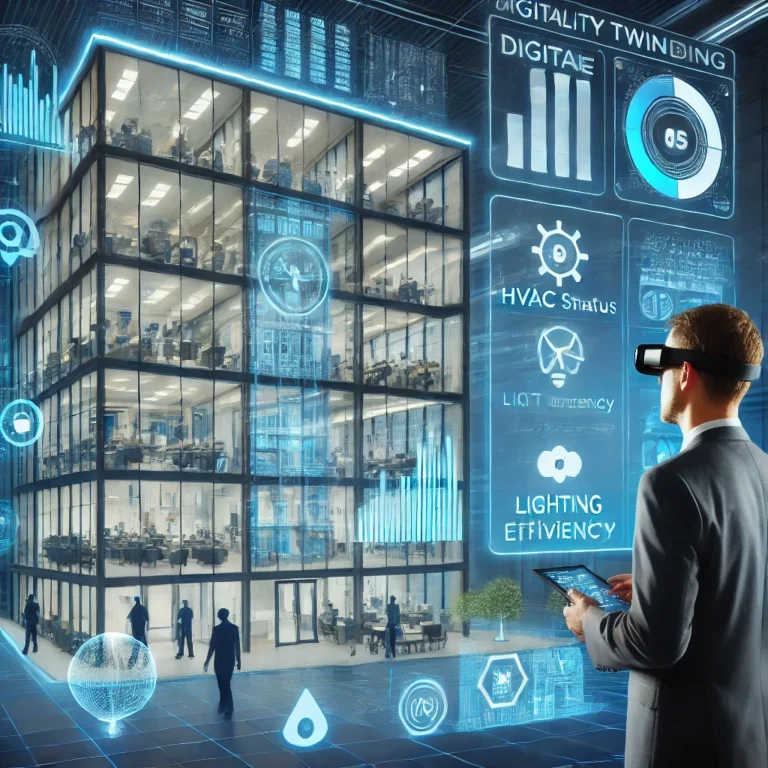Introduction

The construction industry is undergoing a major shift towards digital transformation, and at the heart of this change is Building Information Modeling (BIM). With increasing demand for efficiency, sustainability, and cost-effectiveness, companies worldwide are adopting BIM to revolutionize how projects are designed, built, and managed.
In this article, we will explore how BIM is shaping the future of construction, its benefits, real-world applications, and what the next decade holds.
Why the Construction Industry Needs Digital Transformation
Traditionally, construction has relied on paper-based processes, 2D drawings, and manual coordination, leading to:
❌ Miscommunication and errors
❌ Cost overruns and delays
❌ Inefficient resource management
❌ Lack of sustainability considerations
BIM addresses these challenges by creating a digital, data-driven workflow, improving collaboration, efficiency, and decision-making.
How BIM is Driving Digital Transformation in Construction
1. Enhanced Collaboration and Coordination
BIM enables real-time collaboration between architects, engineers, contractors, and project managers.
✅ Cloud-based platforms allow instant access to BIM models from anywhere.
✅ Stakeholders work on a single source of truth, reducing errors.
✅ Automated clash detection prevents costly on-site conflicts.
📌 Example:
The Sydney Opera House uses BIM to manage renovations and maintenance, ensuring efficient coordination between multiple teams.
2. Automation and AI-Powered BIM
With AI integration, BIM is evolving to automate complex construction processes.
🤖 AI-powered design automation optimizes building layouts.
🔄 Predictive maintenance uses BIM data to forecast potential failures.
📊 Machine learning analyzes historical project data for better decision-making.
📌 Example:
In Dubai’s smart city projects, AI-powered BIM is used to optimize urban development and sustainability.
3. Cost and Time Savings
BIM significantly reduces project costs and delays through:
💰 Accurate cost estimation using 5D BIM models.
⏳ Faster construction timelines with prefabrication and modular techniques.
📉 Reduction in rework and material wastage.
📌 Example:
China’s modular skyscrapers were built 30% faster using BIM and prefabrication technology.
4. Sustainability and Smart Building Design
BIM promotes green construction practices by:
🌿 Simulating energy efficiency and carbon footprint.
🚰 Optimizing water usage and waste management.
🏗 Designing buildings for long-term sustainability and minimal environmental impact.
📌 Example:
The Edge Building in Amsterdam, one of the world’s most sustainable buildings, was designed using BIM to maximize energy efficiency.
What’s Next? The Future of BIM in Construction
By 2030, BIM will become even more advanced with:
🚀 BIM & IoT Integration – Real-time sensor data integrated into BIM models.
🚀 Digital Twins – Creating AI-powered, real-time virtual replicas of physical buildings.
🚀 Augmented & Virtual Reality (AR/VR) – Immersive BIM models for design visualization.
🚀 Blockchain for Smart Contracts – Improving security and transparency in construction deals.
Conclusion
BIM is at the centre of the construction industry’s digital transformation, making projects smarter, more efficient, and more sustainable. As technology continues to evolve, BIM will play a vital role in shaping the future of construction.
📢 Are you using BIM in your construction projects? Share your experience in the comments!




